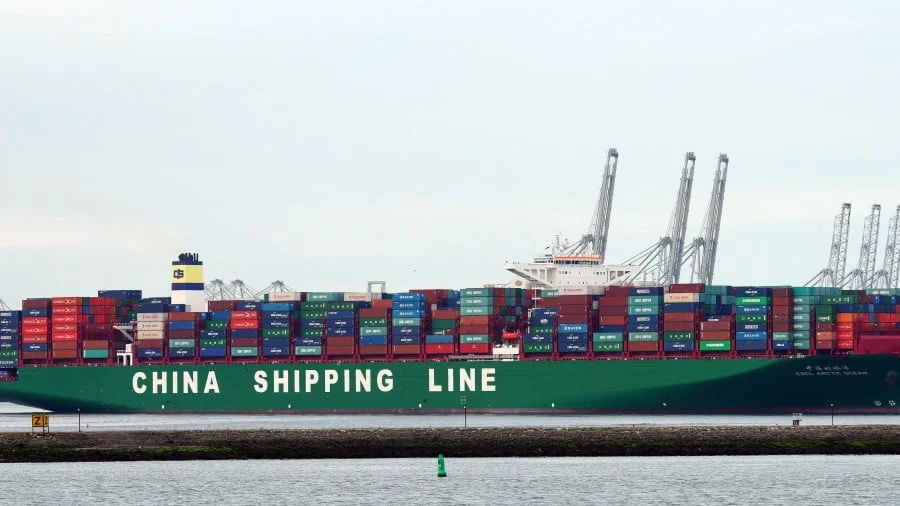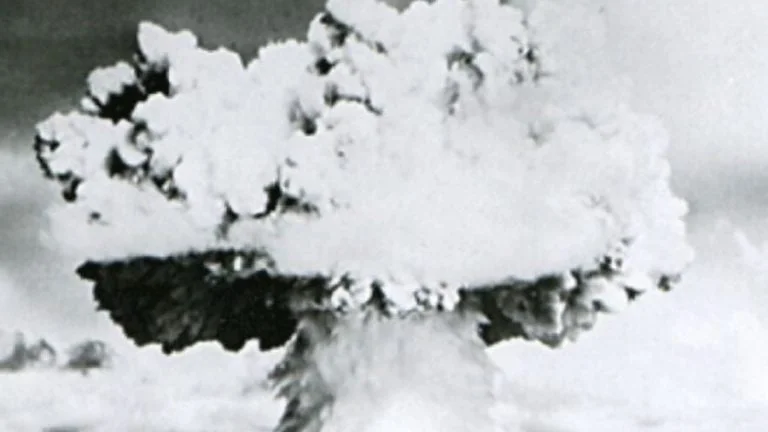The Marine Deployment to Norway Is an Anti-Chinese Power Play by America
It might seem like Norway’s request for a doubling of US Marines on its territory and their relocation closer to the country’s Arctic border with Russia is obviously aimed against Moscow, and while that’s definitely the implied short-term military reason, the real long-term strategic one is that America is making a power play for exerting influence along China’s “Ice Silk Road”.
Norway made the news earlier this week after requesting that the US more than double the number of Marines that were first deployed there last year to at least 700, with this announcement drawing even more attention because of the related plans to relocate them closer to the country’s Arctic border with Russia. Moscow rightly viewed this as a hostile development, not just because it’s the latest move in a four-year-long series of them in transferring American troops ever closer to its territory, but because the planned “rotating deployment” essentially amounts to a permanent base that contradicts the Nordic state’s 1949 decision to not host any foreign troops on its soil. The optics obviously point to this being squarely aimed against Russia, though that’s only the implied short-term military reason for what’s happening, as the real long-term strategic one is that the US is making a power play for exerting influence along China’s “Ice Silk Road”.
The People’s Republic is spearheading several trans-hemispheric connectivity routes for expanding its trade with the EU, one of which is China’s envisioned usage of Russia’s “Northern Sea Route” through the Arctic. The US already has its eyes on what Chinese media have referred to as the “Ice Silk Road” and demanded a few months ago that Russia go against its own legislation in permitting only Russian-flagged vessels from transiting this route and allow American ships (possibly also military ones) to transit through its maritime territory under so-called “freedom of navigation” principles. The author analyzed this development in his mid-April article about how “America’s Arctic Aggression Might Prompt Russia To ‘Balance’ With The AAGC”, which should be skimmed by the reader if they’re interested in getting an idea about the US’ Arctic strategy and its unintended geopolitical implications for Russia. Simply put, the US is doing everything that it can to portray itself as a pivotal Arctic player.
As per its guiding stratagem in the New Cold War, it aims to disrupt, control, or influence China’s Silk Roads, and it’s with this objective in mind that one needs to view its decision to double its Marine deployment in Norway and move them closer to Russia’s Arctic borders. The masses generally have a difficult time understanding long-term strategic planning and are more receptive to immediate military-related reactions, hence why this anti-Chinese move is being marketed as a much more “easily digestible” anti-Russian one for public consumption, but no one would be under any illusions about who it’s really aimed against. 700 Marines – dual-use land and sea special forces – aren’t going to cross the Arctic tripwire, invade Russia, and spark World War III, but they can have a much more effective use in having their very deployment lay the basis for “reinterpreting” the 1920 Treaty of Spitsbergen over the Svalbard Archipelago.
This early 20th-century agreement reaffirmed the islands’ ownership by Norway but also regulated its special international status as something akin to a “free zone” where all signatory nations and their citizens living there could continue carrying out their economic activities with scant governmental interference. One of the most significant clauses was Article 9, which stipulated that “Norway undertakes not to create nor to allow the establishment of any naval base in the territories specified in Article 1 and not to construct any fortification in the said territories, which may never be used for warlike purposes”. This importantly demilitarized these strategic islands, but that provision might soon come under threat now that Oslo is informally “reinterpreting” its 1949 decision to not host any foreign troops on its territory, just like Japan is “reinterpreting” its post-war pacifist constitution via various workarounds.
The deployment of US Marines to Norway last year was the first time that another nation’s soldiers had been stationed in the nominal Kingdom, though the government of course refuses to recognize it as such and instead resorts to the use of different euphemisms for describing Oslo’s abrogation of its 1949 commitment. Something very similar could ultimately happen in the Svalbard Islands if the state makes the argument that the construction of “coast guard” facilities and/or stationing of its own or even foreign NATO (US) ships near the archipelago is necessary to ensure “maritime security” and isn’t intended to “be used for warlike purposes”. The whole point in taking this provocative step is to tighten the US’ control over China’s future trade routes, just like its planned deployment in Poland is supposed to do vis-à-vis the northern expansion of the Balkan Silk Road.
Russia, like always, is just being used as the scapegoat for advancing this policy given the ease with which the European public will accept any military move in its direction as opposed to grappling with the more complicated concept of long-term strategic planning against China. Furthermore, even admitting the latter motivation behind all of this might be seen as “paranoid” by a populace unable to fully comprehend the nuances of proactive geopolitical positioning, as well as “giving China too much credit” by prematurely making the “China threat” in Europe public before the masses have been adequately conditioned to accept it. Nevertheless, the presence of 700 Marines along the southern point of the “SvalNor” gap – one of two, along with “GreenBard”, that control Arctic-Atlantic trade – is designed to push the Norwegians into “reinterpreting” Svalbard’s demilitarized status in order to give America an Arctic edge against China by keeping its future trade routes in check.







